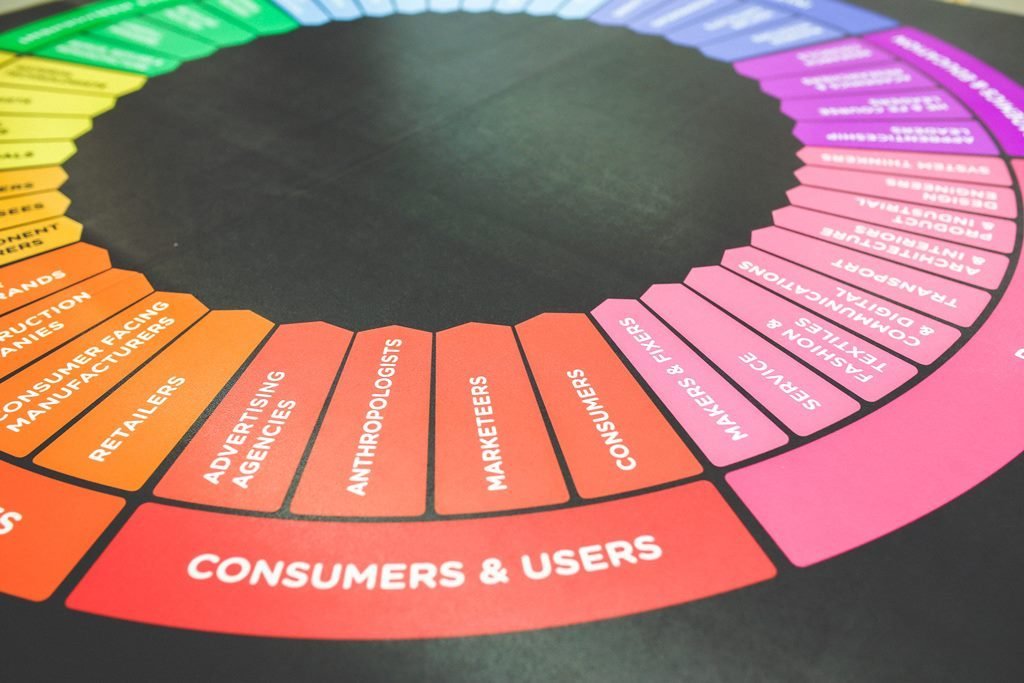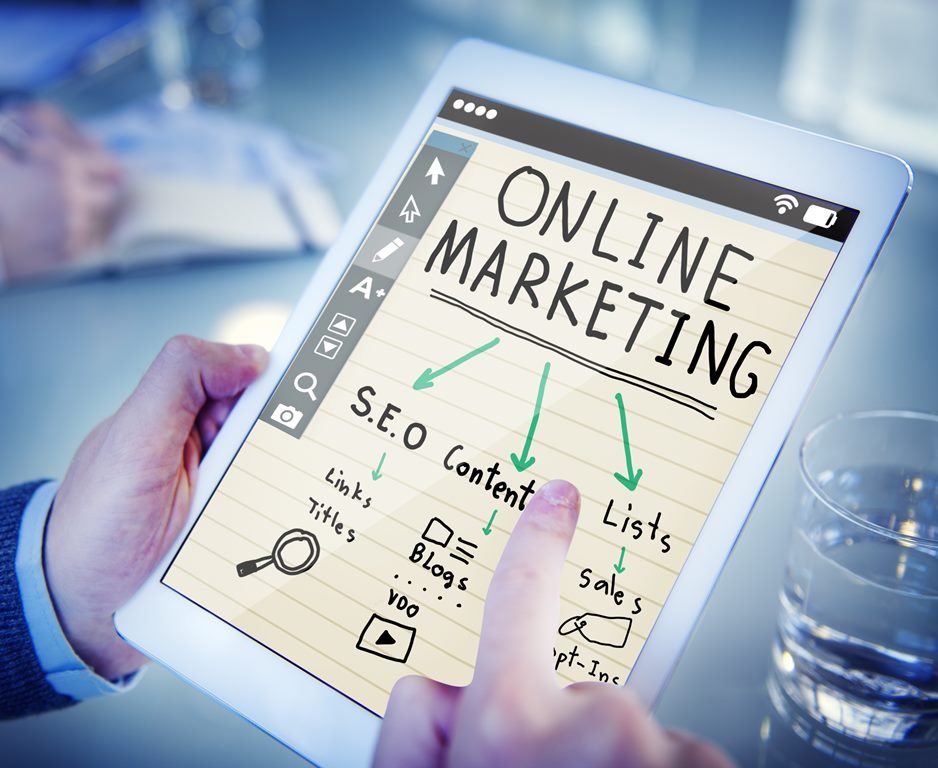Keep an email list of customers and subscribers
Usually 3 types of people visit your online store who can be your customers. These people will leave their email addresses and it is very important to organise their emails based on location and types of products they have purchased. Let’s first discuss about the types of customers.
- A real customer: A real customer buys something from your store. The customer will definitely leave his/her email address. He/she will also give his/her address and his/her interest in different products. Most of the time, customers tick the checkbox which says sign up for newsletters, which means they accept marketing emails from the seller.
- A possible customer: A possible customer might just explore your store and decide to come back later or puts items in the cart and decides not to buy after entering all of his details including the email address.
- A reader or subscriber: If your website is like sparkfun.com where millions of people just visit to read something about electronics. This store is not only for selling, but also for reading and share electronics knowledge. Though the website has millions of readers, those readers subscribe to sparkfun.com’s newsletter. So, sparkfun.com always has the possibility of converting all those readers to customers. If your website also has some useful information to attract some ‘readers’, you might be able to get their email addresses and you may send their emails with offers and convert them to customers.
So, we will have emails of hundreds of customers worldwide who can become our customer. In order to give right information to the right customer at the right time, we will have make separate email lists of customers.
 These can be the names of the Email lists:
These can be the names of the Email lists:
- Customers from specific location: If I am operating an online store from Australia, it would be appropriate to put all the customers from Australia in one list. For example, if there an Australian holiday or a festival and I have to wish all the Australian customers, it would make the job easier.
- Customers ordering Category A item: Suppose, I have 10 types of electronics DIY kit in a category called ‘DIY Kit’. If 15 customers have purchased different kits from a Category A, then, there is a chance that those 15 customers would also need other DIY kits from the same category. So, if we add a new item in the category A, we can send them email notifying the addition of new item in the store.
- Customers representing specific professions: In my electronics kits store, I get orders from students, teachers, electronics engineers, etc. If I list a product relevant to teachers, it would be easier for me to email all the teachers.
- A list of possible customers: This list by name will tell you that the customers in this list have not bought anything, so, you can shoot them emails with offers, deals and discounts.
- A list of readers: Readers of your online store are also possible customers. So, we should always send them emails with discounts and offers. They should know what’s going on in the store.
- Customers with bad relationship: Store owners can make mistakes by not delivering the orders on time or by sending wrong or defective item. You might get late in replying important emails. So, make sure that you keep a list of customers who were upset with your service. You may avoid these customers or send them better deals as a compensation.
- Customers who abandoned cart: Customers may abandon carts for various reasons. For example, they may get distracted by a phone call or get better deal, find difficulty in placing the order, etc. You should have a list customers who abandoned the cart for various reasons and contact them again to place the order. We have written few points about getting orders from the abandoned carts. Please check this post.

Tools for organising emails and customer information:
- Google Contacts:
 Google contacts is a free Email listing application offered by Google. If you don’t have big budget at the beginning. You can start with Google contacts. All the email lists can be exported later to other applications like Mailchimp and Smore. You cannot create advertisement campaigns with Google contacts.
Google contacts is a free Email listing application offered by Google. If you don’t have big budget at the beginning. You can start with Google contacts. All the email lists can be exported later to other applications like Mailchimp and Smore. You cannot create advertisement campaigns with Google contacts.
 Smore.com is a rapidly growing application for creating advertisements, learning slides, invitation cards, etc. It is very simple to use application. Smore.com does not communicate directly with Bigcommerce or Shopify or any other online store platforms. We have to enter the emails manually or import in *.CSV format. There is no free version of Smore. You can check the pricing of Smore here.
Smore.com is a rapidly growing application for creating advertisements, learning slides, invitation cards, etc. It is very simple to use application. Smore.com does not communicate directly with Bigcommerce or Shopify or any other online store platforms. We have to enter the emails manually or import in *.CSV format. There is no free version of Smore. You can check the pricing of Smore here.
- Mailchimp.com:
 MailChimp is a marketing automation platform similar to Smore.com. Mailchimp integrates with Bigcommerce, meaning, it automatically fetches emails from Bigcommerce. You can create hundreds of advertising campaigns and set a frequency for sending emails to your customers or readers. Mailchimp is particularly used by medium and big companies. You can check the pricing here.There is a FREE VERSION of Mailchimp. You can sign up for the free version to explore it.
MailChimp is a marketing automation platform similar to Smore.com. Mailchimp integrates with Bigcommerce, meaning, it automatically fetches emails from Bigcommerce. You can create hundreds of advertising campaigns and set a frequency for sending emails to your customers or readers. Mailchimp is particularly used by medium and big companies. You can check the pricing here.There is a FREE VERSION of Mailchimp. You can sign up for the free version to explore it.
Customer relationship management (CRM)
 Webstoreinfo.com sees Customer relationship management (CRM) as a tool for making more closer or personal relationship with customers. CRM takes the relationship between a seller and a customer to a different level. It should or can be used to build relationship with customers so that the customers would feel that the seller knows him personally and the seller can provide a service exclusively to him/her on the basis of that relationship. CRM gives an opportunity to sellers to offer something beyond the general expectation of a customer.
Webstoreinfo.com sees Customer relationship management (CRM) as a tool for making more closer or personal relationship with customers. CRM takes the relationship between a seller and a customer to a different level. It should or can be used to build relationship with customers so that the customers would feel that the seller knows him personally and the seller can provide a service exclusively to him/her on the basis of that relationship. CRM gives an opportunity to sellers to offer something beyond the general expectation of a customer.
A real case: I sell electronic kits to school teachers and students. Once a teacher living in Tasmania asked me if I could send her 30pcs of the FM transmitter kit along with an assembly tutorial video. She was organising an electronics exhibition for the first time. So, I agreed to make a video for her though she didn’t pay extra money for it. Besides, she kept on asking about organising exhibition. She was interested in knowing if I had any experience organising such exhibitions. So, in that case, I had to go beyond what I would offer to any customer. I had to tell about my personal experiences. Later, I asked some pictures of her exhibition so that I can post them on my blogs, again, that was something I would ask with all the customers. She agreed to my request. After that transaction, she has ordered the same kit for 5 times from my store. So, that relationship help me get more orders from her and the photos that she gave me help me get orders from other customers as well.
Customer Relationship Management application gives a platform to focus on your relationships with individual people – whether those are customers, blog readers, service users, colleagues, manufacturers or suppliers. CRM is not just for sales, it is like its name, for building relation with customers which may end with a lesson or a good experience.
Some of the popular Customer Relationship Management(CRM) tools are as follows:
- https://www.zoho.com/
- https://www.salesforce.com/
- https://www.insightly.com/
- https://www.zervant.com/– This is basically an accounting application, but, I have used this for CRM also. Check out.













